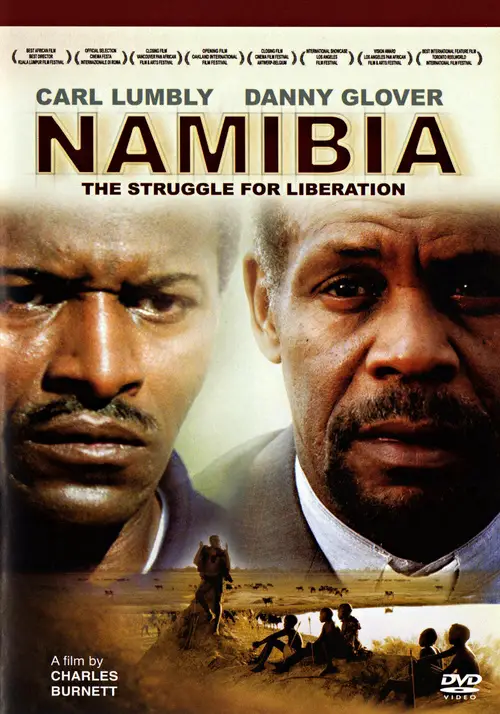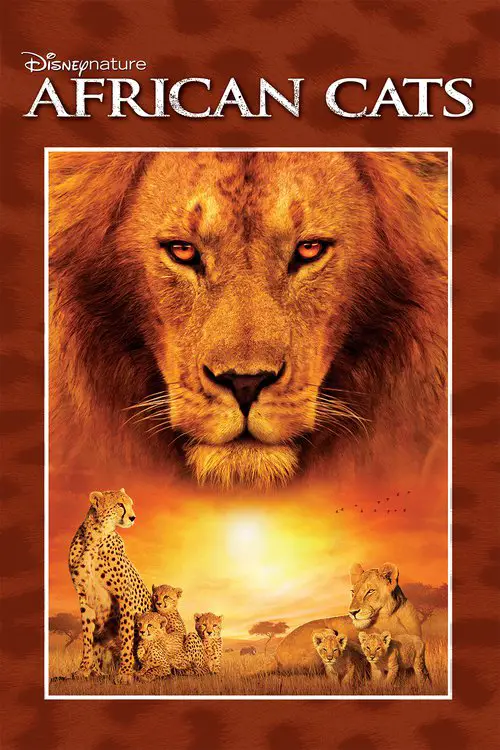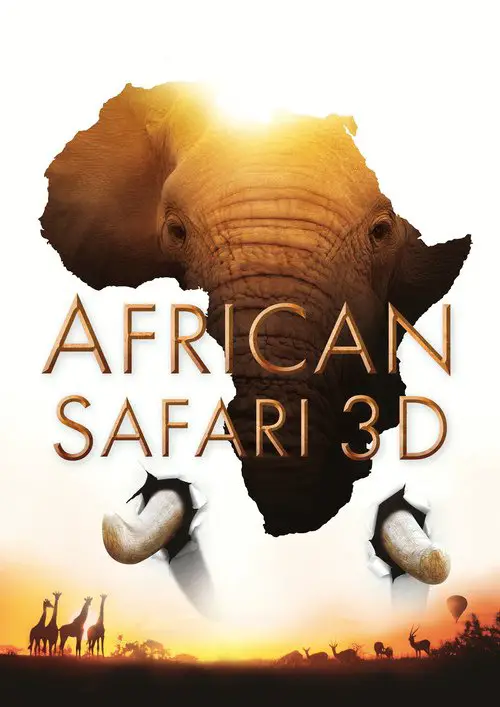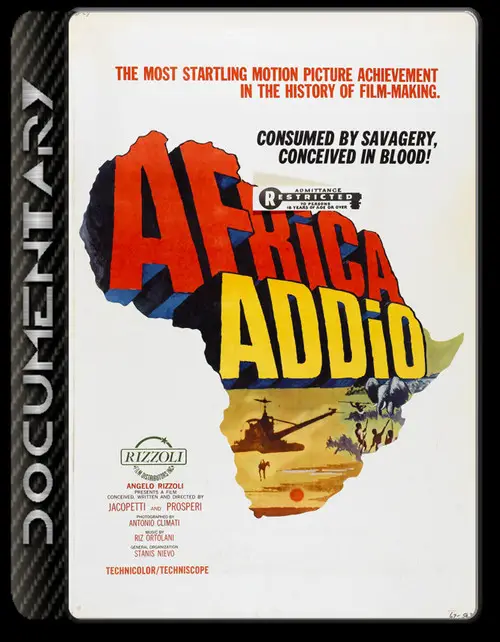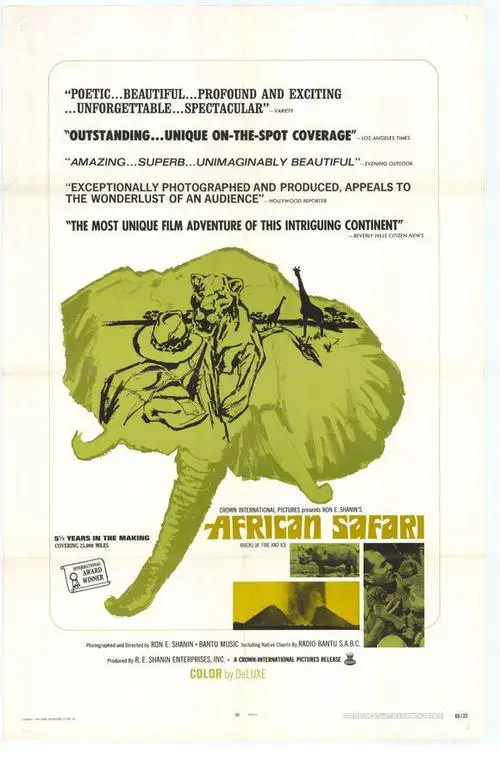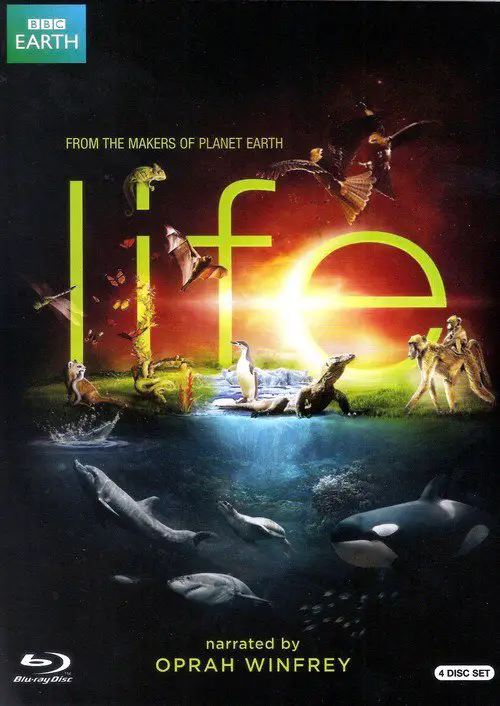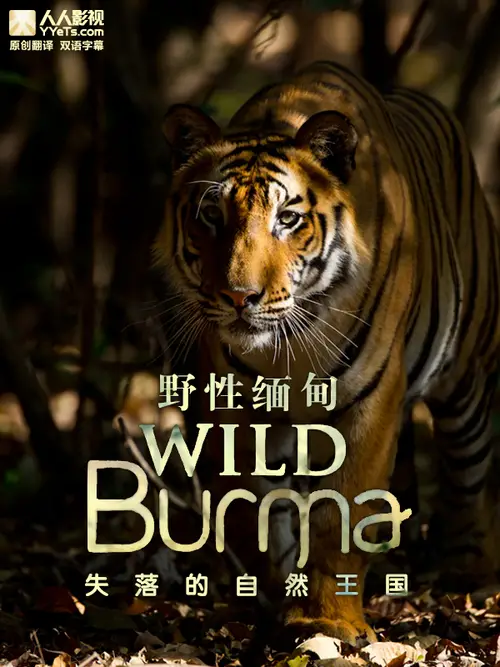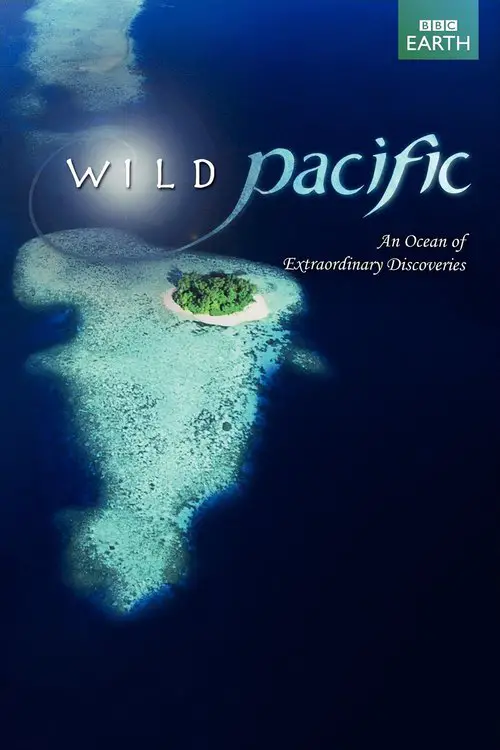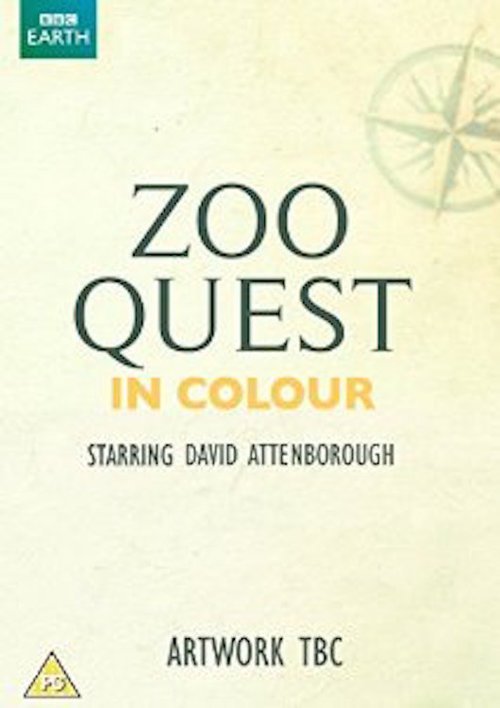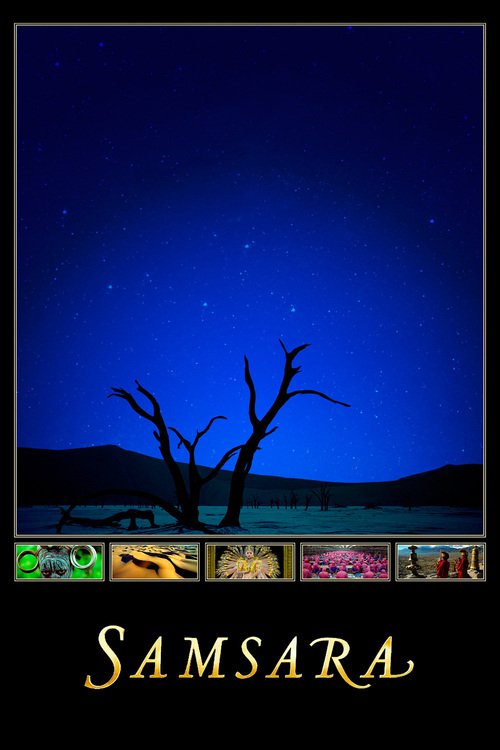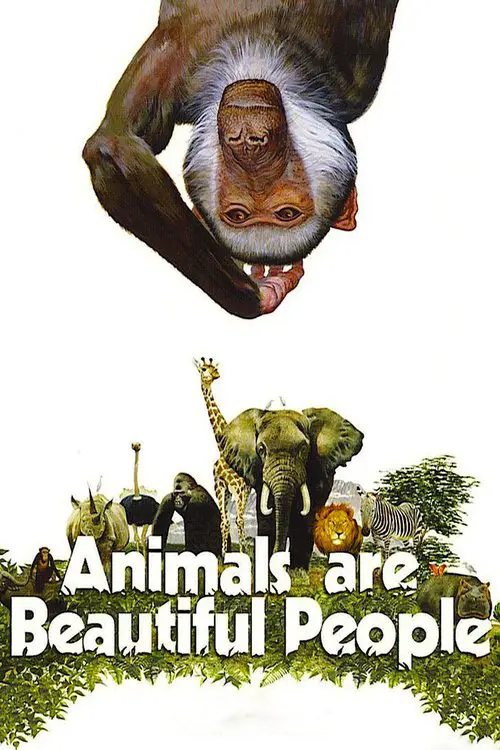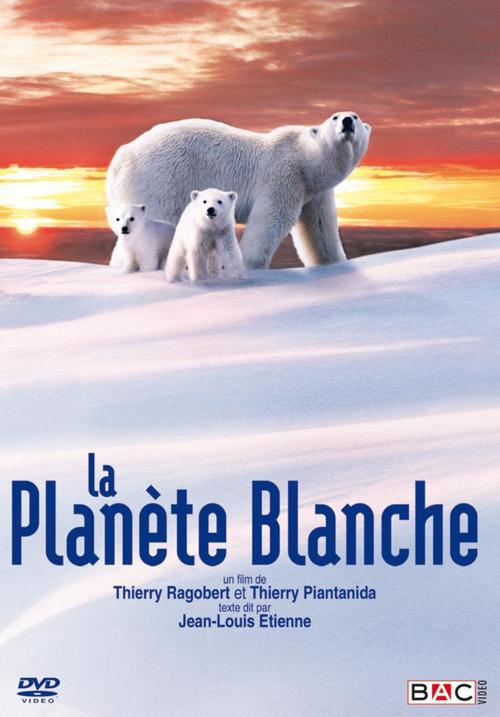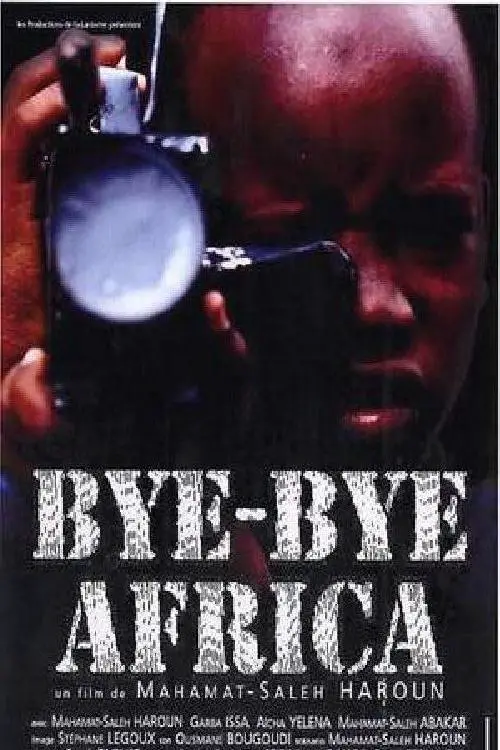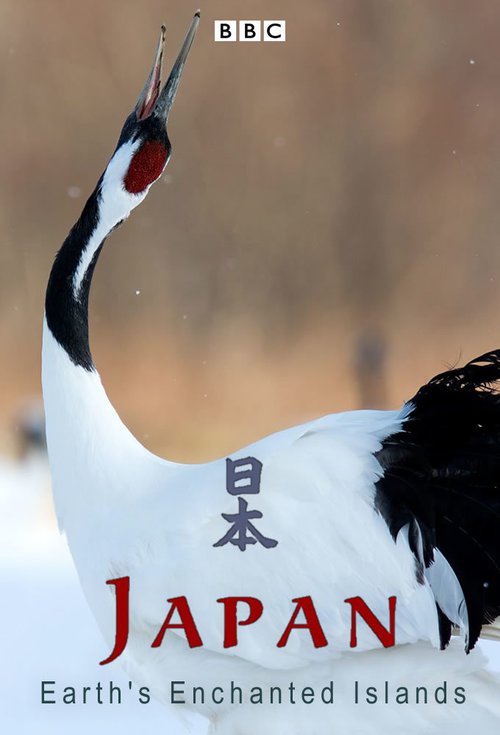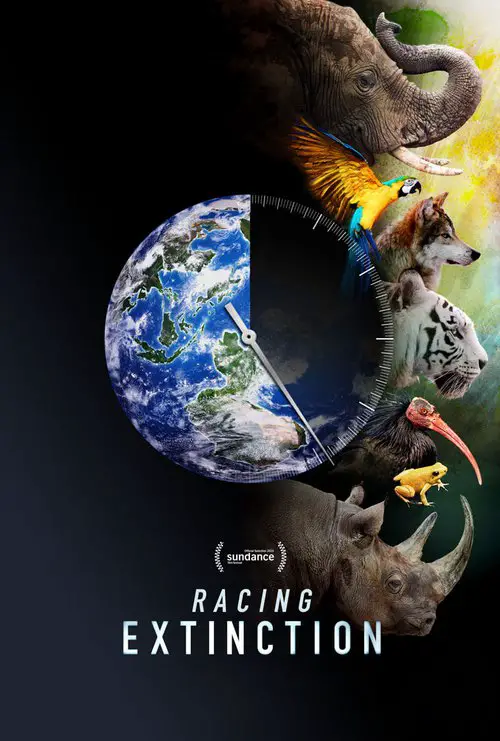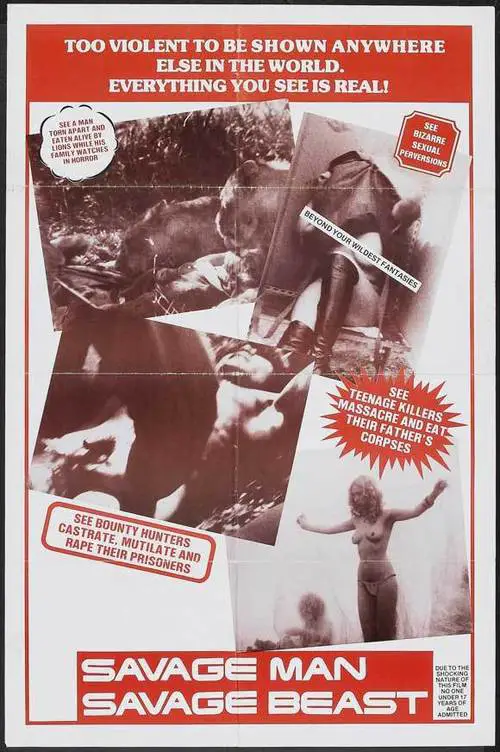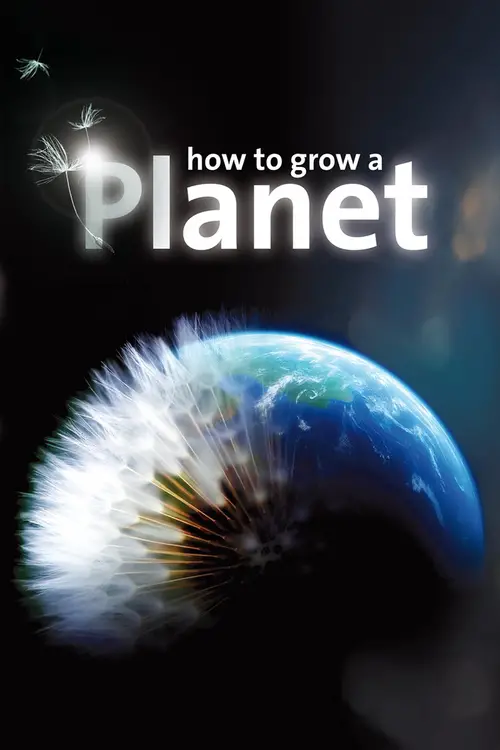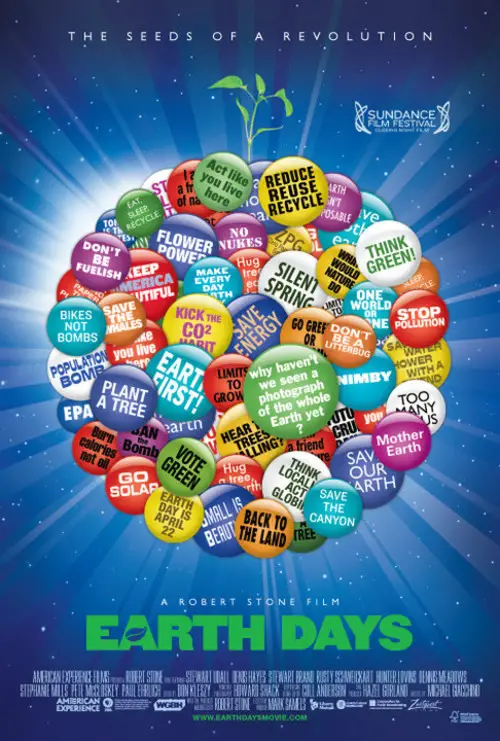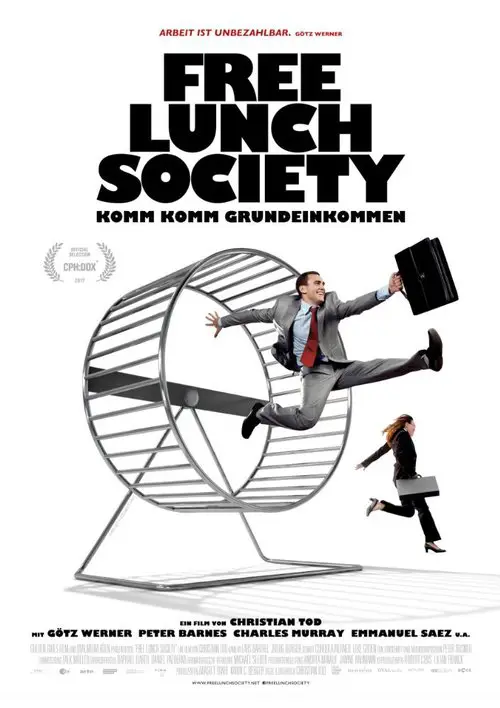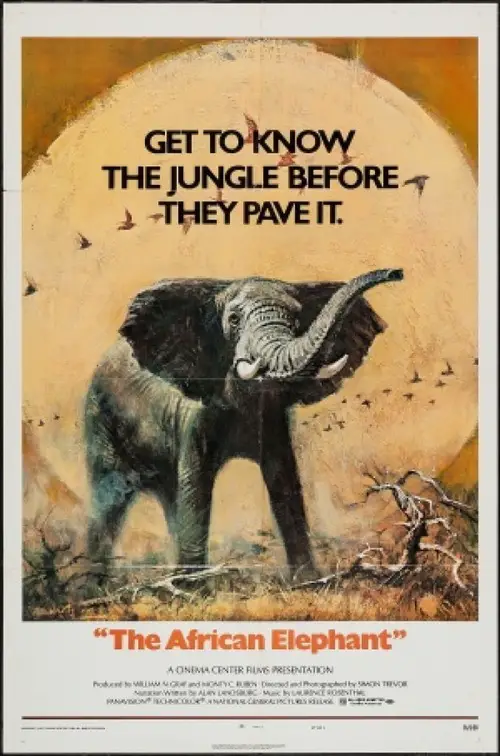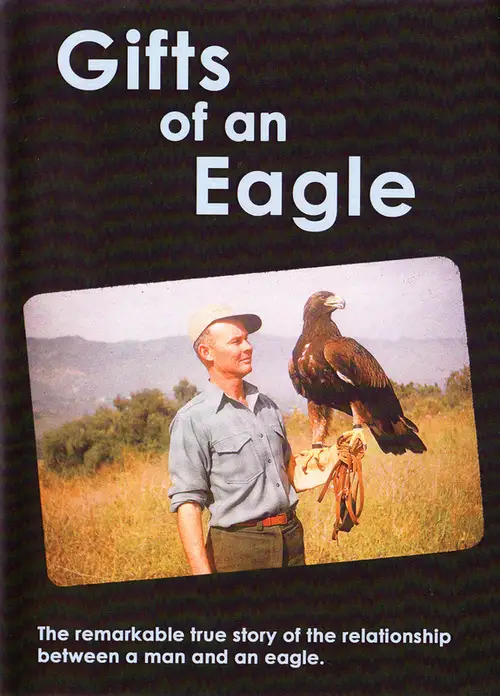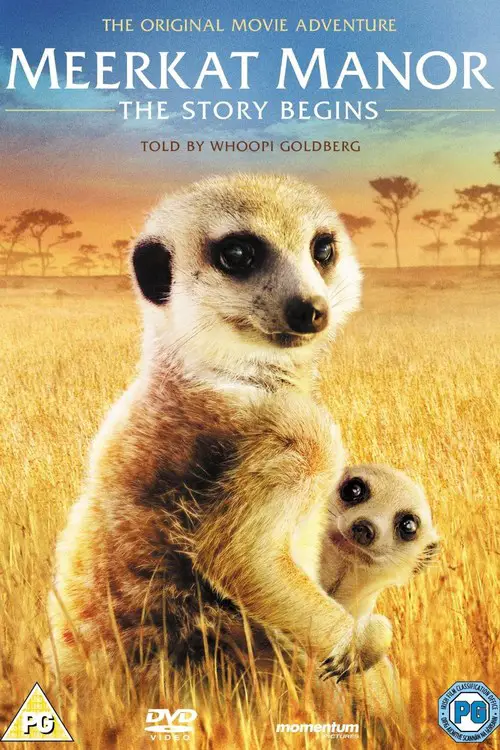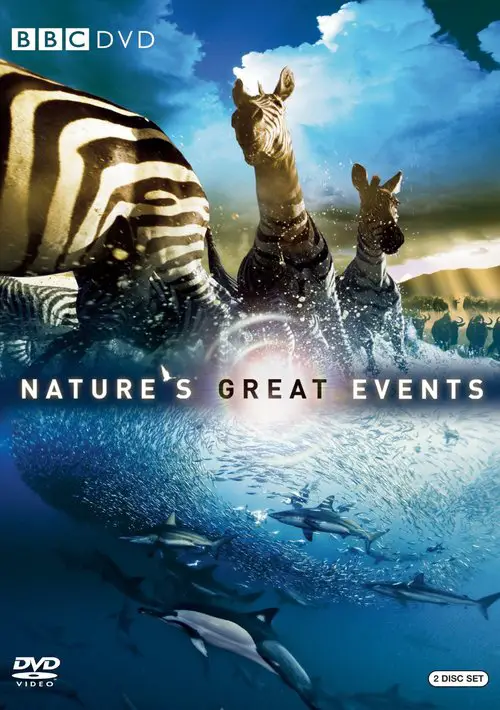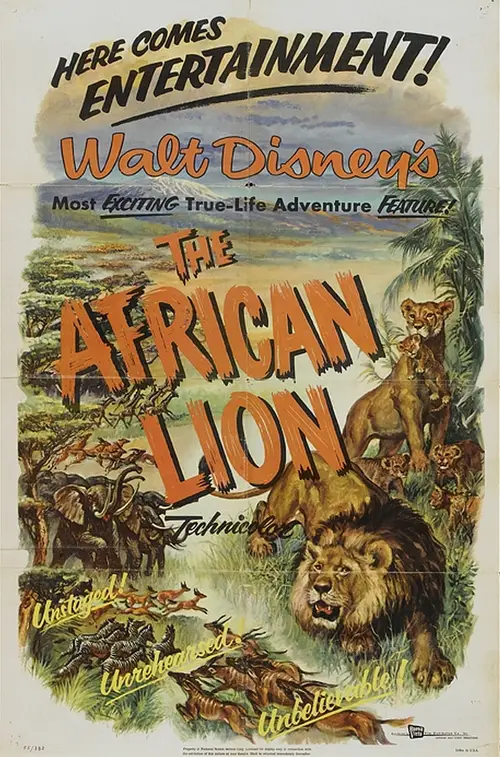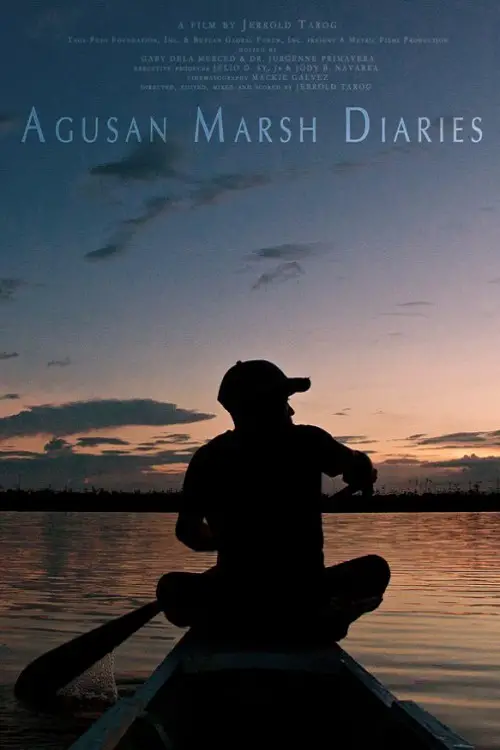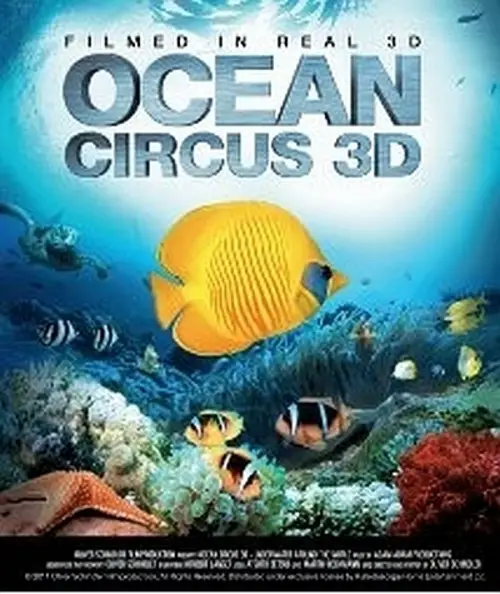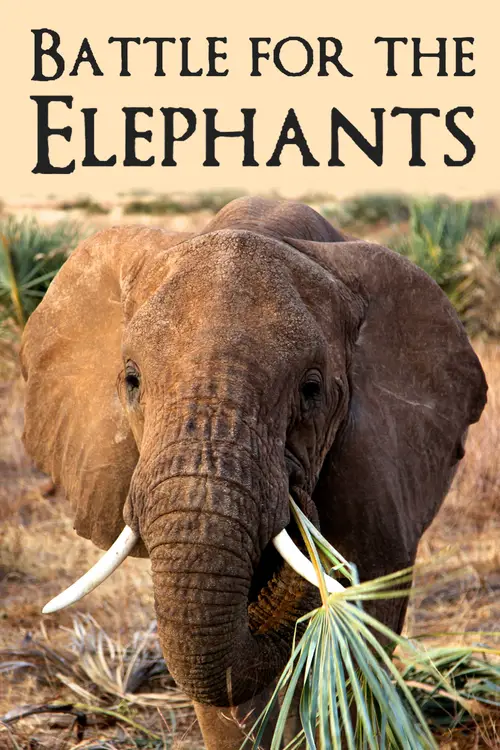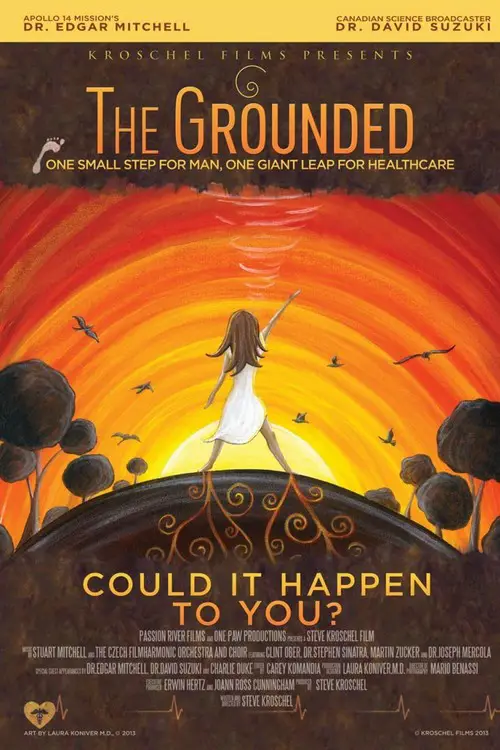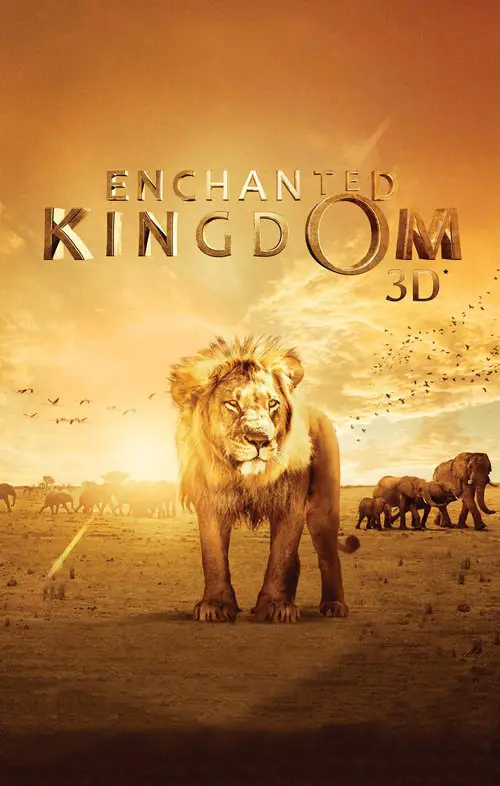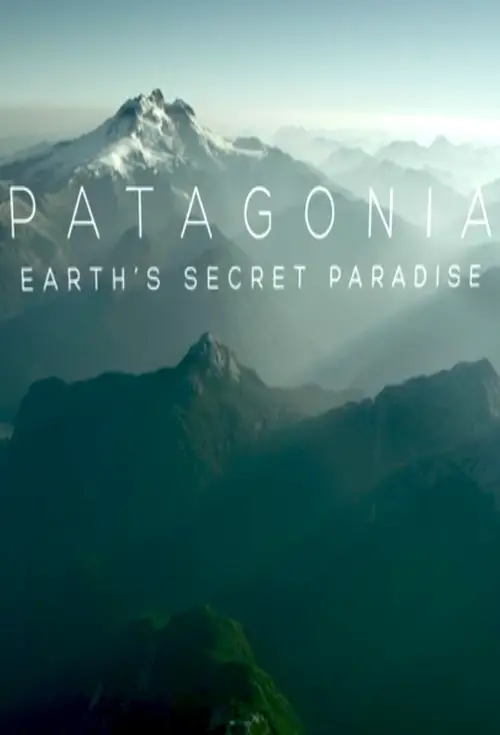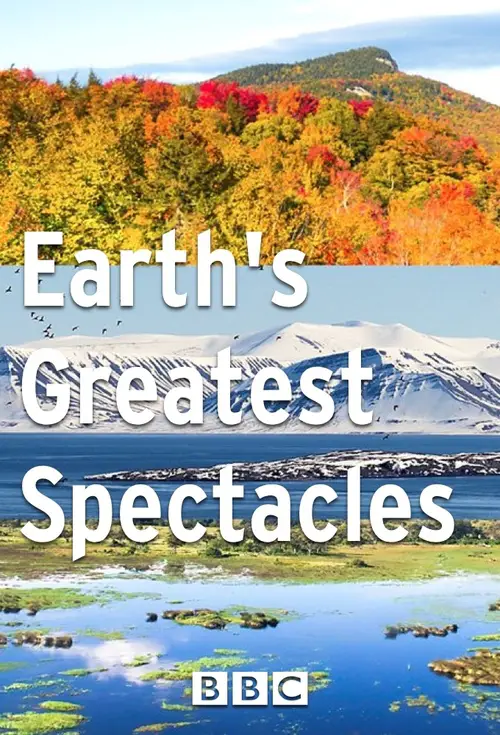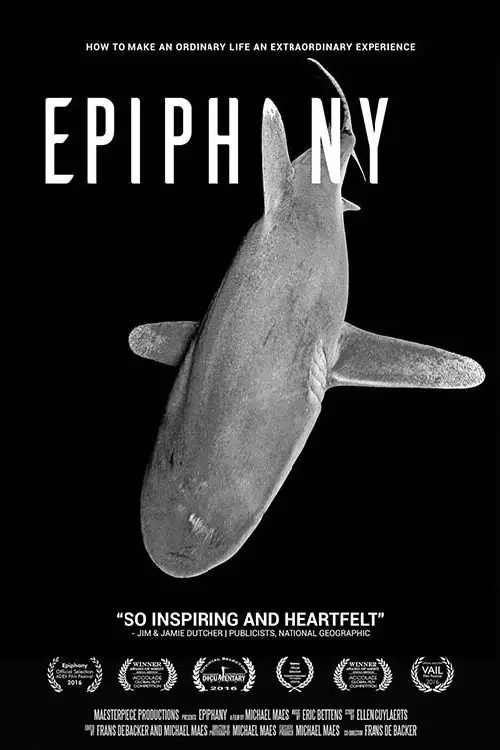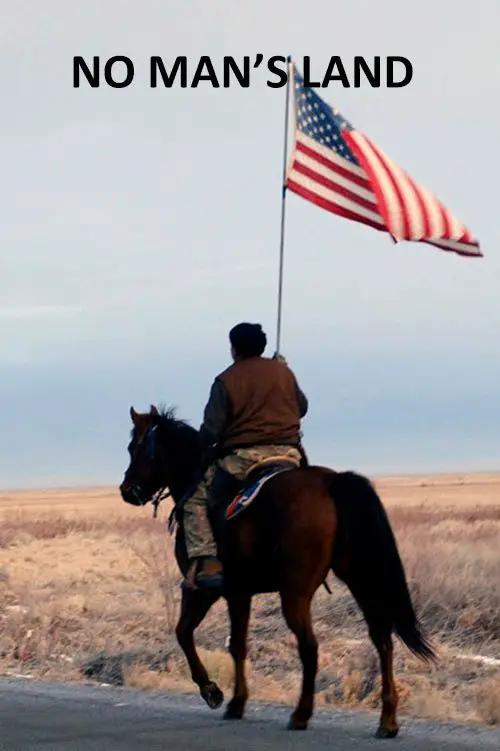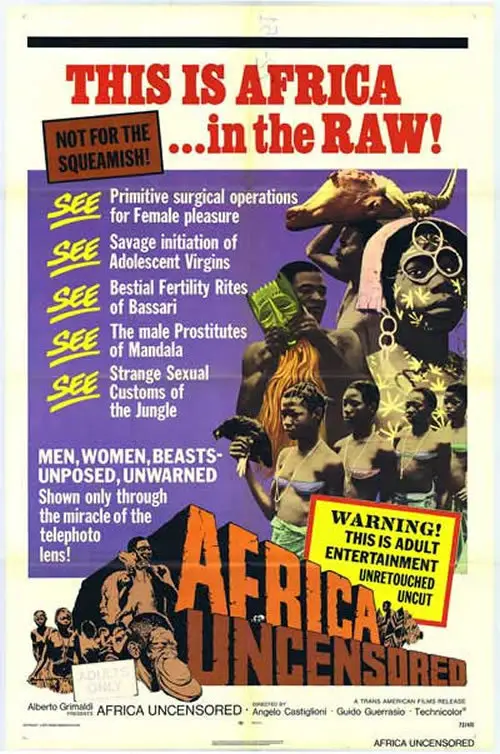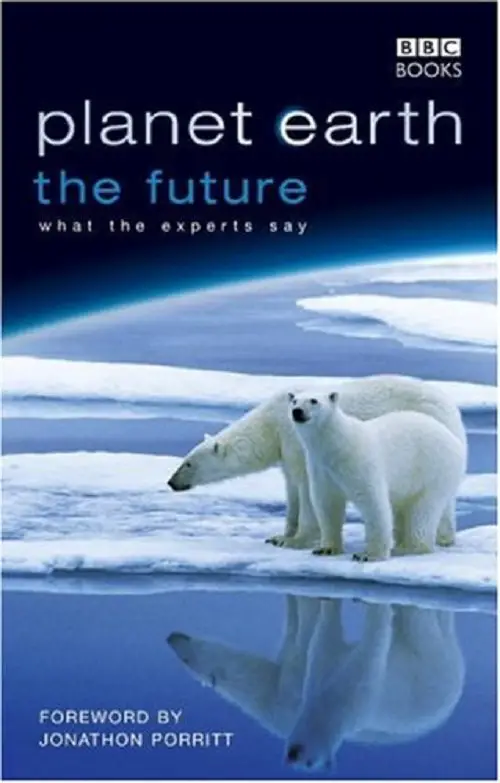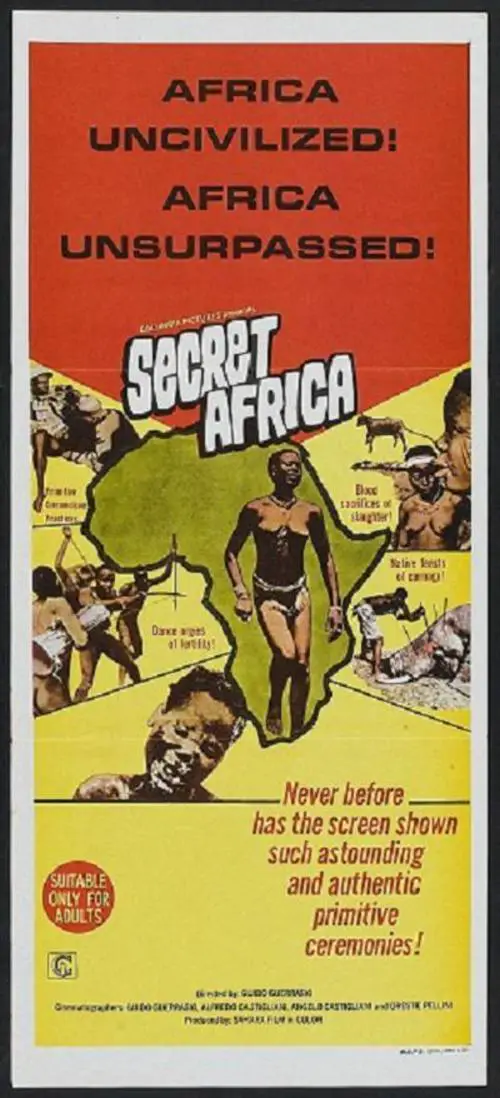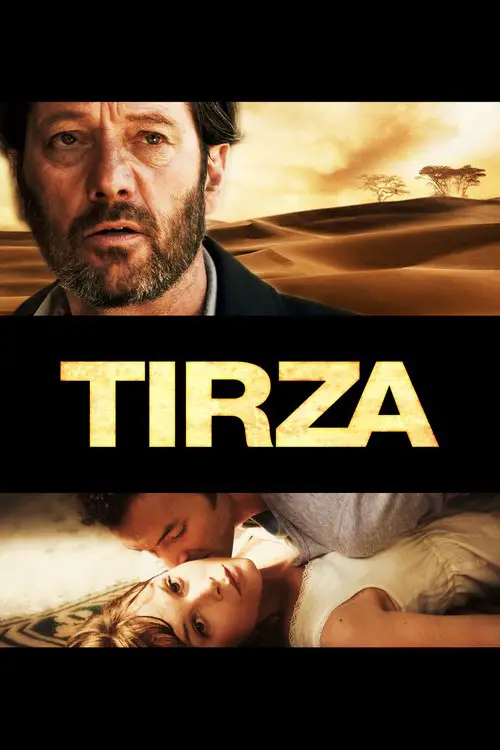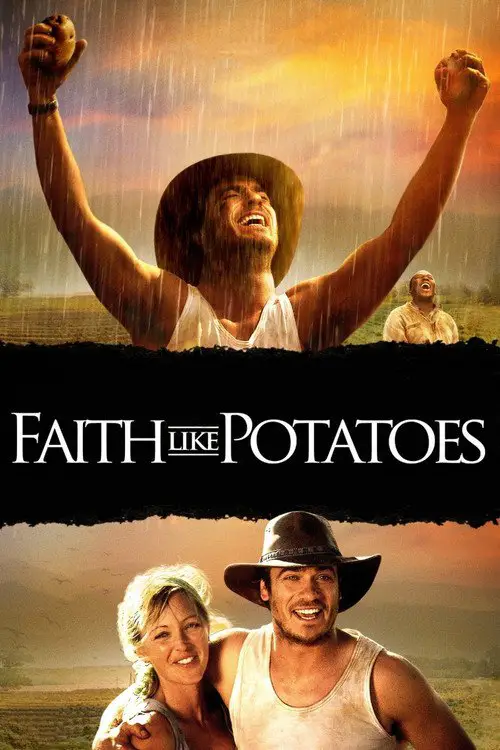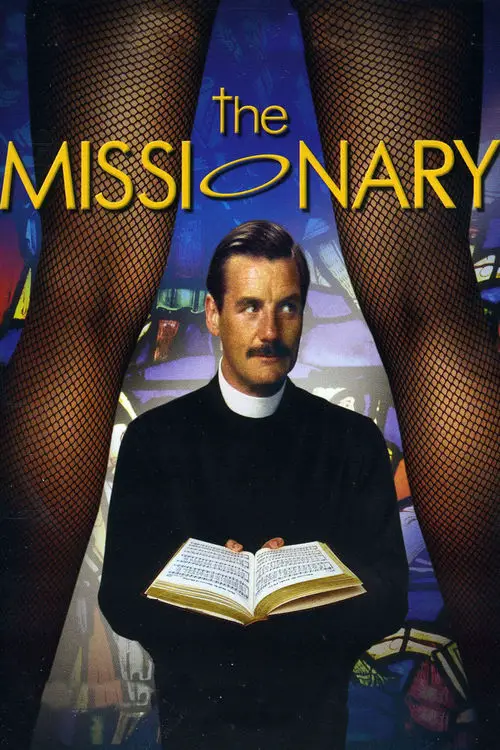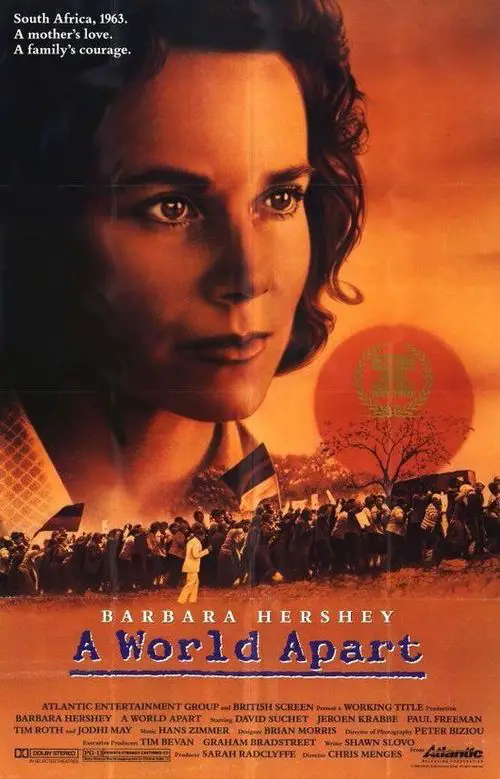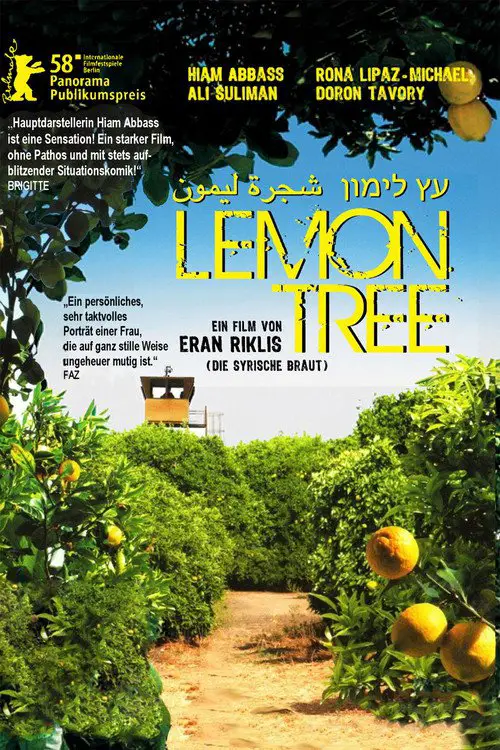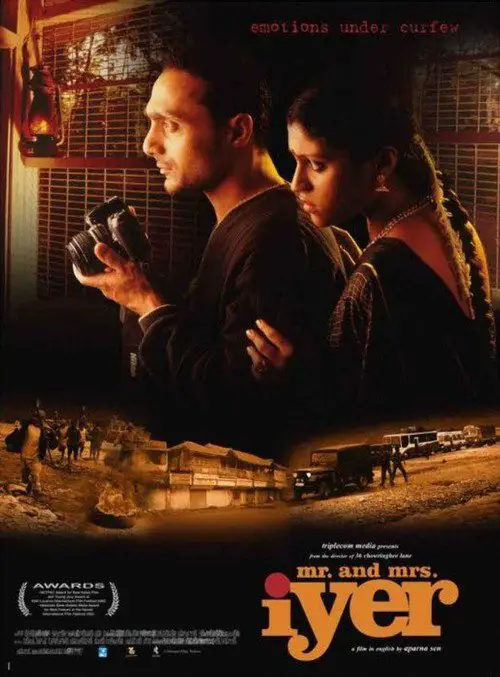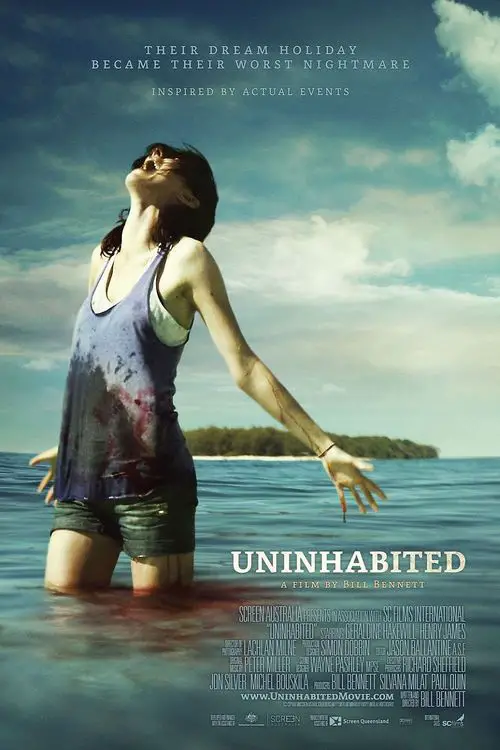Around the World with Tippi (2004)
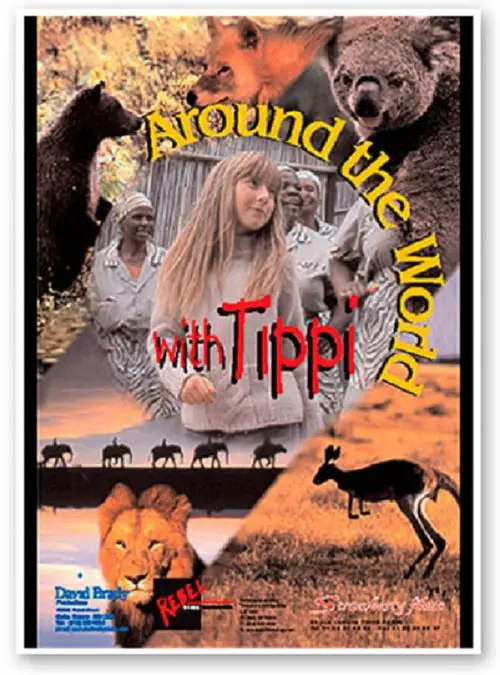
Similar movies
The struggle to eradicate apartheid in South Africa has been chronicled over time, but no one has addressed the vital role music plays in this challenge. This documentary by Lee Hirsch recounts a fascinating and little-known part of South Africa's political history through archival footage, interviews and, of course, several mesmerizing musical performances.
African Cats captures the real-life love, humor and determination of the majestic kings of the savanna. The story features Mara, an endearing lion cub who strives to grow up with her motherâs strength, spirit and wisdom; Sita, a fearless cheetah and single mother of five mischievous newborns; and Fang, a proud leader of the pride who must defend his family from a once banished lion.
Werner Herzogâs documentary film about the âGrizzly Manâ Timothy Treadwell and what the thirteen summers in a National Park in Alaska were like in one manâs attempt to protect the grizzly bears. The film is full of unique images and a look into the spirit of a man who sacrificed himself for nature.
Babies, also known as Baby(ies) and Bébé(s), is a 2009 French documentary film by Thomas Balmès that follows four infants from birth to when they are one year old. The babies featured in the film are two from rural areas: Ponijao from Opuwo, Namibia, and Bayar from Bayanchandmani, Mongolia, as well as two from urban areas: Mari from Tokyo, Japan, and Hattie from San Francisco, USA.
David Attenborough's legendary BBC crew explains and shows wildlife all over planet earth in this 10-episode miniseries. The first is an overview the challenges facing life, the others are dedicated to hunting, the deep sea and various major evolutionary groups of creatures: plants, primates and other large sections of other vertebrates and invertebrates.
The story of a race against time to help preserve the untouched forests of Burma and its wildlife. For the first time in over 50 years, a team of wildlife filmmakers from the BBC's Natural History Unit and scientists from the world renowned Smithsonian Institution has been granted access to venture deep into Burma's impenetrable jungles. Their mission is to discover whether these forests are home to iconic animals, rapidly disappearing from the rest of the world.
A documentary series on life in and adapted to the conditions of the Southern part of the Pacific Ocean, a vast aquatic region with an unequaled number of islands. Both wildlife and human cultures developed in a unique variety, largely determined by such natural conditions as huge distances, sea depths, currents and winds.
Thanks to a recent remarkable discovery in the BBC's Film Vaults, the best of David Attenborough's early Zoo Quest adventures can now be seen as never before - in colour - and with it the remarkable story of how this pioneering television series was made. First broadcast in December 1954, Zoo Quest was one of the most popular television series of its time and launched the career of the young David Attenborough as a wildlife presenter. Zoo Quest completely changed how viewers saw the world - revealing wildlife and tribal communities that had never been filmed or even seen before.
Samsara is a word that describes the ever turning wheel of life. It is a concept both intimate and vast - the perfect subject for filmmakers Ron Fricke and Mark Magidson, whose previous collaborations include Chronos and Baraka, and who, in the last 20 years, have travelled to over 58 countries together in the pursuit of unique imagery. Samsara takes the form of a nonverbal, guided meditation that will transform viewers in countries around the world as they are swept along a journey of the soul. Through powerful images pristinely photographed in 70mm and a dynamic music score, the film illuminates the links between humanity and the rest of the nature, showing how our life cycle mirrors the rhythm of the planet.
April 8, 2003: Karsten Heuer + Leanne Allison left the remote community of Old Crow,Yukon, to join the Porcupine Caribou Herd on their epic life journey. For 5 months the Canadians migrated on foot with the 123,000-member herd from wintering to calving grounds in Alaska's Arctic National Wildlife Refuge, and back again â 1500km across snow and tundra. They completed their journey on Sept. 8, 2003.
The White Planet or in French, La Planète Blanche, is a 2006 documentary about the wildlife of the Arctic. It shows interactions between marine animals, birds and land animals, especially the polar bear, over a one year period. The fragility of the Arctic is hinted at as a reason to prevent climate change. It was nominated for the Documentary category in the 27th Genie Awards in 2007.
A Chadian film director who lives and works in France (Haroun) returns home upon the death of his mother. He is shocked at the degraded state of the country and the national cinema. The filmmaker decides to make a film dedicated to his mother entitled Bye Bye Africa but immediately encounters major problems. Cinemas have closed and financing is impossible to secure. The director reunites with an old girlfriend (Yelena), who was shunned by Chadians who could not distinguish between film and reality after appearing in one of his previous films as an HIV victim. Haroun learns about the destruction of the African cinema from directors in neighboring countries, but also finds Issa Serge Coelo shooting his first film, Daressalam. Things go badly and, convinced that it is impossible to make films in Africa, Haroun departs Chad in despair, leaving his film camera to a young boy who had been assisting him.
In Japanâs crowded archipelago, there are still places where nature thrives â and Japan has a surprisingly vast range of landscapes, from the far north, where sea eagles walk on frozen seas, to subtropical southern islands, with coral reefs and volcanoes, and the central islands, with forested mountains, home to bears and monkeys. This series explores how life survives across these islands, and how humans and wildlife have found ways to live alongside the forces of nature and embrace them in quintessential ways.
Geologist Ian Stewart explain in three stages of natural history the crucial interaction of our very planet's physiology and its unique wildlife. Biological evolution is largely driven bu adaptation to conditions such as climate, soil and irrigation, but biotopes were also shaped by wildlife changing earth's surface and climate significantly, even disregarding human activity.
What would you do if your basic income was taken care of month after month? Would you stop working? Follow your passions? Take more risks? The four-figure sum that all four members of the Wardwell family receive each year from the Alaskan governmentâs crude oil profits goes towards a college fund for their children, something they would otherwise be unable to afford. Filmmaker Christian Tod, himself a fervent supporter of the idea, explores the model of an unconditional basic income and takes a look at trial systems already underway in the US, Canada and Namibia. Wandering the history of this utopia reminiscent of science fiction he eventually ends up in Switzerland, where the new system was voted on in 2016. In this multifaceted and highly entertaining documentary, Tod broaches lifeâs existential questions and fuels the debate on one of the most prevalent economic topics of our generation.
A new breed of action sports film comes to life as Red Bull Media House, in association with Brain Farm Digital Cinema, present âThe Art of FLIGHTâ, a Curt Morgan Film. Two years in the making, âThe Art of FLIGHTâ gives iconic snowboarder Travis Rice and friends the opportunity to redefine what is possible in the mountains. Experience the highs, as new tricks are landed and new zones opened, alongside the lows, where avalanches, accidents, and wrong-turns strike. Immerse yourself in a cinematic experience as Brain Farm and their arsenal of filmmaking technology capture the culture, wildlife and scenic landscapes the riders take in along the way. Join in the ride as the creators of âThatâs It, Thatâs Allâ completely rewrite the formula for action sports cinema with âThe Art of FLIGHT.â
African Elephant originally played in theatres as King Elephant.. The film is a straightforward, well-photographed documentary concentrating on....well, look at the title. Avoiding the obvious, filmmaker Simon Trevor focuses on the more curious aspects of elephant life. In addition to the mighty pachyderm, we are given intriguing glimpses of other forms of African wildlife. African Elephant has no overt ecological ax to grind, but the preservationist message is there by implication.
In the mid-1950s, with a grant from the U.S. Fish and Wildlife Department, wild bird trainer Ed Durden and his eighteen-year-old son, Kent Durden, capture a young golden eagle on a mountain near Santa Barbara, California. They name her âLadyâ and house her in a specially constructed mountaintop aerie.
Starring Norman Winther as Himself, The Last Trapper is a mix of fact & fiction. Norman is not just an admirer of nature, he's a part of it. He survives the harshness of the climate and the wildlife by coexisting with it. With his wife Nebraska (played by May Loo), they live almost entirely off the land, making money by selling their furs.
Each year over one million wildebeest and zebra invade the Serengeti grasslands, making it a paradise for the predators the live there. But what happens when the herds move off again? We follow the moving story of one lion family's struggle to survive until the return of the great migration. The Ntudu pride has seven cubs, and is already suffering as the wildebeest leave to find fresh pastures. The four pride females struggle to find enough food for their hungry offspring. As weeks turn to months, the pride members become more emaciated and frailer, and the number of cubs dwindles to just two.
The ultimate wildlife story â how the Earthâs most charismatic and majestic land animal today faces market forces driving the value of its tusks to levels once reserved for precious metals. Journalists Bryan Christy and Aidan Hartley take viewers undercover as they investigate the criminal network behind ivoryâs supply and demand. It also demonstrates how the elephant, with its highly evolved society, keen intelligence, ability to communicate across vast distances and to love, remember and even to mourn, is far more complex than ever imagined.
The Grounded movie tells the true tale of an Alaskan wildlife filmmakerâs persistent curiosity and quest to test the claims of what appears to be an outrageously simple and âtoo good to be trueâ healing concept â physical, bare skin contact with the Earth â which may have been known by civilizations throughout history. New research has started to confirm the unexpected, that the surface of the Earth has a healing power, like a gigantic treatment table.
An extraordinary, spell-binding journey through the realms of nature to discover that the natural world is stranger, more magical, more mystical than anything you could possibly imagine. You'll be propelled from enchanted forests to the edge of the underworld, from a paranormal planet into fantastical seas, from celestial mountains through mercurial waters, finally to experience the ultimate celebration of nature's magic, the greatest gathering of wildlife on Earth. You won't believe your eyes or ears as you meet amazing creatures and experience nature as it's never been seen before, eye-to-eye with the creatures, on an adventure where you will truly believe the real world is more extraordinary and awe-inspiring than any fiction.
The BBC's new documentary series focuses on Patagonia â the wild and beautiful wilderness of Latin America's far south spanning Chile and Argentina. The three-part series explores the wildlife and local people that thrive in the seemingly uninhabitable landscape from the mighty Andes mountains to Cape Horn, at the southernmost tip of the South American continent.
In January 2016, armed protestors in Oregon occupied the Malheur National Wildlife Refuge to call attention to what they felt was an intrusion by the federal government into their right to make a living. In a larger sense, the âpatriot communityâ introduced itself as disgruntled American citizens with grounds for airing their grievances against a federal government that didnât have their best interests at heart. The federal government begged to differ.
Planet Earth: The Future is a 2006 BBC documentary miniseries on the environment and conservation, produced by the BBC Natural History Unit as a companion to the multi-award winning nature documentary Planet Earth. The programmes were originally broadcast on BBC Four immediately after the final three episodes of Planet Earth on BBC One. Each episode highlights the conservation issues surrounding some of the species and environments featured in Planet Earth, using interviews with the film-makers and eminent figures from the fields of science, conservation, politics, and theology. The programmes are narrated by Simon Poland and the series producer was Fergus Beeley.
A failed track coach finally finds someone who he believes has what it takes to win. The Comrades Marathon is a 90-k race in South Africa. An aging running coach, Barry, wants to field a winner; he's working with four men from a factory, but when he's fired to make way for a smooth, corporate type, he's at loose ends. Then he sees Christine, a Namibian immigrant who runs to forget her troubles. He offers to coach her and soon she's living at his house, following his diet and training regimen. But his single-mindedness gets to her: she wants a job and a place of her own. Plus, the man who replaced Barry likes her and wants her away from Barry. Can runner and coach (woman and man, African and European) sort out their complex relationship before the race? Written by
"Africa United" tells the extraordinary story of three Rwandan children who attempt to realize the dream of their life: to attend the opening ceremony of the FIFA World Cup 2010 at Johannesburg. But the problems begin when Fabrice, Dudu and Béatrice get on the wrong bus and end up in Congo. Without papers, without money, they are brought into a children's refugee camp. But with incredible ingenuity, a some guts and a poster for the World Cup as a map, our heroes escape from the camp and leave to pursue their dreams, bringing with them a "dream team" of refugee children to help them through a series of exciting adventures. During this journey of 5000 km through seven countries, the film reveals an unseen Africa.
Jörgen's world is crumbling. Forced into early retirement and harassed by his ex-wife, the only part of his life which makes sense - his beloved daughter Tirza - is shattered when she disappears on holiday in Namibia. After weeks of terrifying uncertainty, Jörgen goes searching for her, but the heat, his drinking and bad memories combine to unhinge him. His only ally is a child prostitute called Kaisa. Together they journey into the wilderness on Tirza's trail to discover her fate.
The 1870's. South Africa. Life is normal at the farm on the slopes of a Karoo Kopje.Things change when the sinister, eccentric Bonaparte Blenkins with bulbous nose and chimney pot hat arrives. Their childhood is disrupted by the bombastic Irishman who claims blood ties with Wellington and Queen Victoria and so gains uncanny influence over the girls' gross stupid stepmother.
Aussie adventurer Steve Irwin aka The Crocodile Hunter has avoided the death-roll and nabbed another feisty croc, hoping to save it from poachers. What Steve doesn't know is that the crocodile has innocently swallowed a top secret US satellite beacon, and the poachers are actually American special agents sent to retrieve it. Crikey! In the Outback and through the bush with his wife Terri's ever-present commentary ringing out over the countryside ("That was a close one, Steve!"), the Crocodile Hunter is out to save the gorgeous croc and relocate him. It won't be easy, but if he can handle bird-eating spiders and venomous snakes without getting bitten, gun-wielding agents shouldn't be too much of a problem. Written by Press kit
A White enclave in Johannesburg, South Africa, in the 1960s. Molly Roth, 13 years old, is the daughter of leftist parents, and she must piece together what's happening around her when her father disappears one night, barely evading arrest, and, not long after, her mother is detained by the authorities. Some of Molly's White friends turn against her, and her family's friendships with Blacks take on new meaning. Relationships are fragile in the world of apartheid. How will she manage?
Salma Zidane, a widow, lives simply from her grove of lemon trees in the West Bank's occupied territory. The Israeli defense minister and his wife move next door; the Secret Service orders the trees removed for security. The stoic Salma seeks assistance from the Palestinian Authority (useless), Israeli army (dismissive), and a young attorney, Ziad Daud, who takes the case; this older client attracts him. While the courts deliberate, the Israelis fence her trees and prohibit her from entering the grove. As the trees wither, the defense minister's wife and, separately, an Israeli journalist, look on Salma with sympathy. In this allegory, does David stand a chance against Goliath?
A bus is setting out to Calcutta from a village in West Bengal. Meenakshi Iyer, who is from a strict orthodox Hindu background, is leaving to Chennai for her husband, with her young child, after the vacation with her parents. By chance, she gets a co-passenger who is also to Chennai, Rajah, a photographer, introduced by one of the friends of her father. During the journey they build a good relationship. But a Hindu-Muslim communal riot sets out in the meantime, in some areas they had to travel. Then she comes to face the fact that Rajah is not a Hindu but a Muslim whose real name is Jehangir. Even though she curses herself at that time while some Hindu fanatics evade their bus she saves him introducing as Mr. Iyer. But they have to reach their destination while the other passengers know Rajah as no one else but Mr. Iyer.
Harry and Beth wanted a different kind of holiday so they chartered a boat to drop them off on a remote coral island on the Great Barrier Reef. The island was idyllic, surrounded by a wide reef, covered in palms and full of birds and other wildlife. It was small and totally deserted or so they thought. But when things go missing from their camp site and they discover someone else's footprints in the sand this quickly becomes disturbing as they realize the island has a ghost! Inspired by actual events.
© Valossa 2015–2025
| Privacy Policy

